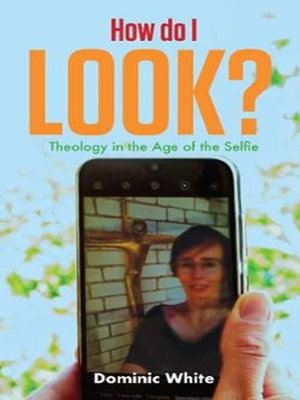
Sign up to save your library
With an OverDrive account, you can save your favorite libraries for at-a-glance information about availability. Find out more about OverDrive accounts.
Find this title in Libby, the library reading app by OverDrive.



Search for a digital library with this title
Title found at these libraries:
| Library Name | Distance |
|---|---|
| Loading... |
We live in the age of the retouchable selfie. For those navigating the world of social media, the issue of how one presents oneself to the world has never been more critical. Psychological studies have shown the high impact of this selfie culture on the mental health of young people especially. How might the long tradition of the Christian gaze, found in scripture, art, theology and philosophy speak into this selfie generation? What, in this context, might be the significance of the doctrine of humankind's creation in God's image, or of the incarnation? On a more practical level, how might the monastic tradition of the 'chaste gaze' challenge or reinforce the selfie-culture? Putting such theological and ethical questions into dialogue with psychological studies and philosophical understandings, the book offers an important pastoral and scholarly resource for anyone seeking to understand theologically one of the most profound developments of the digital age.|We live in the age of the retouchable selfie. For those navigating the world of social media, the issue of how one presents oneself to the world has never been more critical. Psychological studies have shown the high impact of this selfie culture on the mental health of young people especially. How might the long tradition of the Christian gaze, found in scripture, art, theology and philosophy speak into this selfie generation? What, in this context, might be the significance of the doctrine of humankind's creation in God's image, or of the incarnation? On a more practical level, how might the monastic tradition of the 'chaste gaze' challenge or reinforce the selfie-culture? Putting such theological and ethical questions into dialogue with psychological studies and philosophical understandings, the book offers an important pastoral and scholarly resource for anyone seeking to understand theologically one of the most profound developments of the digital age.







